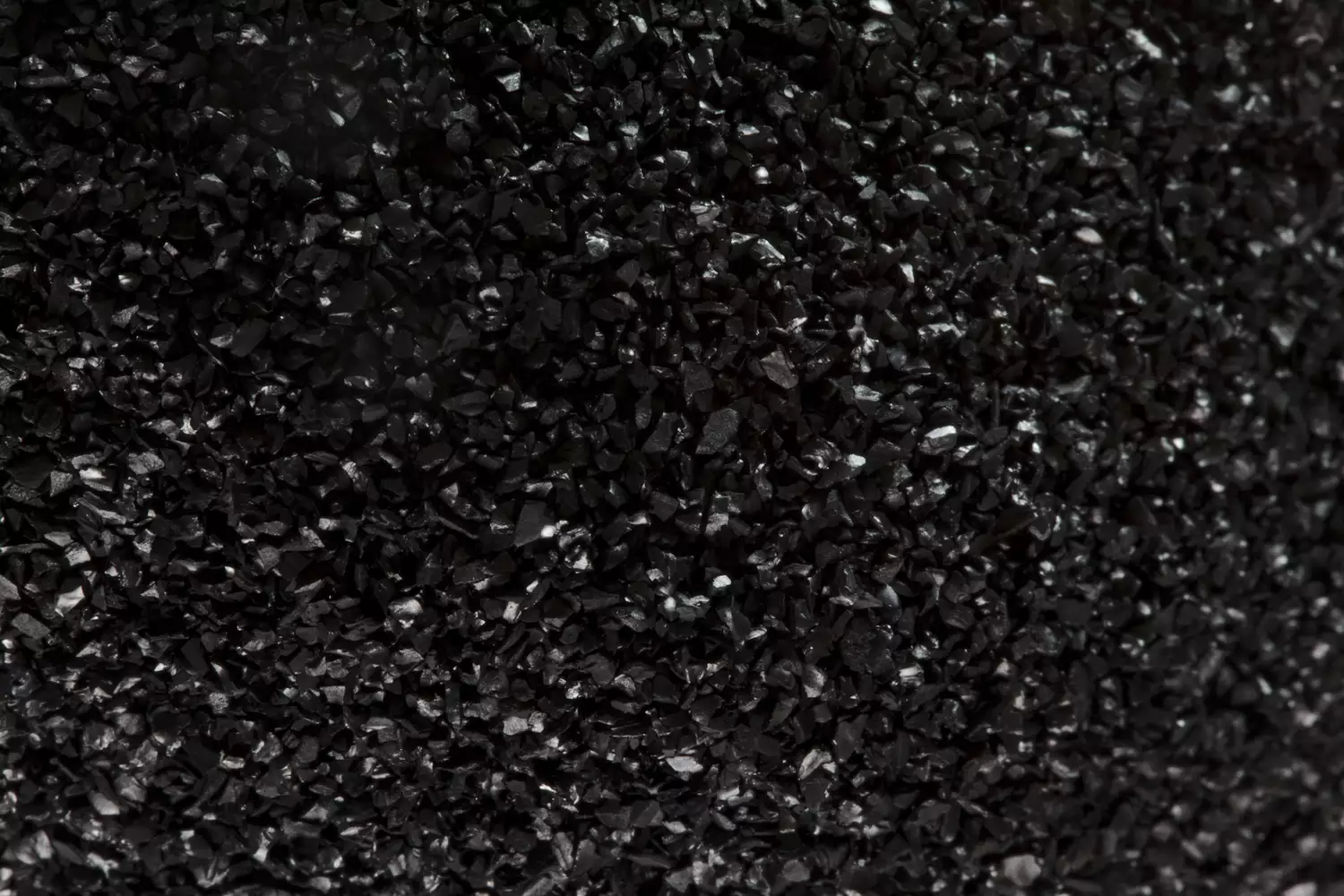
silica fume for cement
The Benefits and Applications of Silica Fume in Cement Production
Silica fume, a byproduct of producing silicon metal or ferrosilicon alloys, has gained prominence in the field of construction and civil engineering due to its effectiveness when used as a pozzolanic material in cement and concrete. With a high silica content of over 85%, finely divided particles, and a unique reactivity, silica fume significantly enhances the performance properties of cement-based materials. This article explores the various benefits, applications, and considerations of using silica fume in cement production.
Chemical Composition and Formation
Silica fume is generated from the reduction of high-purity quartz in an electric arc furnace during the production of silicon alloys. The process results in a dense cloud of fine silicon dioxide particles that are collected and subsequently used in construction materials. Due to its ultra-fine particle size, silica fume has a high surface area that allows for excellent reactivity when mixed with cement. This pozzolanic reaction occurs when silica fume reacts with calcium hydroxide in the presence of water, forming additional calcium silicate hydrates, which contribute to the strength and durability of the concrete.
Benefits of Silica Fume in Cement
1. Enhanced Strength One of the primary benefits of incorporating silica fume into cement is the significant increase in compressive strength. Studies have shown that concrete mixes with silica fume can achieve compressive strengths that are 30% to 100% higher than those of conventional concrete. This increased strength is particularly valuable for high-performance structural elements.
2. Improved Durability Silica fume contributes to the long-term durability of concrete by reducing the permeability of the material. Lower permeability results in enhanced resistance to aggressive chemical environments, such as sulfates and chlorides, which can lead to structural deterioration. This is particularly important for infrastructure projects exposed to harsh conditions.
3. Reduced Heat of Hydration The use of silica fume can lower the heat of hydration in cement, which is beneficial in large-scale concrete placements, such as mass concrete structures or during hot weather conditions. This property minimizes the risk of thermal cracking, enhancing the overall integrity of the concrete.
silica fume for cement

4. Optimized Workability Although silica fume can sometimes reduce workability due to its fine particle size, it can be effectively managed by adjusting the water-to-cement ratio or using chemical admixtures. The filler effect of silica fume improves cohesiveness and flow, facilitating easier handling and placement of the concrete.
5. Environmental Benefits Incorporating silica fume can also enhance the sustainability of concrete production. By substituting a portion of traditional cement with this supplementary cementitious material (SCM), manufacturers can reduce the overall carbon footprint associated with cement production. This aligns with global efforts to promote more environmentally friendly construction practices.
Applications of Silica Fume in Cement
Silica fume is widely used in various applications, particularly in high-performance concrete (HPC) and self-consolidating concrete (SCC). Key areas of application include
- Infrastructure Projects Bridges, roads, and tunnels often require materials with superior performance and durability, making silica fume an ideal choice. - Industrial Flooring The high strength and abrasion resistance provided by silica fume make it suitable for industrial floors, which are subject to heavy loads and wear. - Precast Concrete Many precast elements, such as panels and beams, benefit from silica fume's ability to enhance strength and durability, enabling thinner and lighter designs without compromising quality.
Conclusion
Silica fume plays a vital role in modern cement production by improving the overall performance, durability, and sustainability of concrete. As the construction industry continues to seek materials that can withstand the challenges posed by climate change and urbanization, the adoption of silica fume is expected to grow. With its numerous advantages, it serves as a testament to the innovative approaches being employed to enhance construction practices and ensure the longevity of built environments. As research continues to evolve and expand on its use, silica fume is set to become an integral component in the future of cement and concrete technology.
Share
-
Premium Talcum Powder Enhanced with GPT-4 Turbo | Soft & Long-LastingNewsAug.02,2025
-
Fly Ash Solutions Enhanced by GPT-4 Turbo | Sustainable InnovationNewsAug.01,2025
-
Natural Premium Bentonite Cat Litter - Superior ClumpingNewsJul.31,2025
-
Premium Resin Coated Sand - High Heat Resistance CastingNewsJul.31,2025
-
High Quality Silicon Carbide Grit for Abrasive ApplicationsNewsJul.30,2025
-
High-Quality Ceramsite for Plants & Gardening | Lightweight PebblesNewsJul.29,2025






